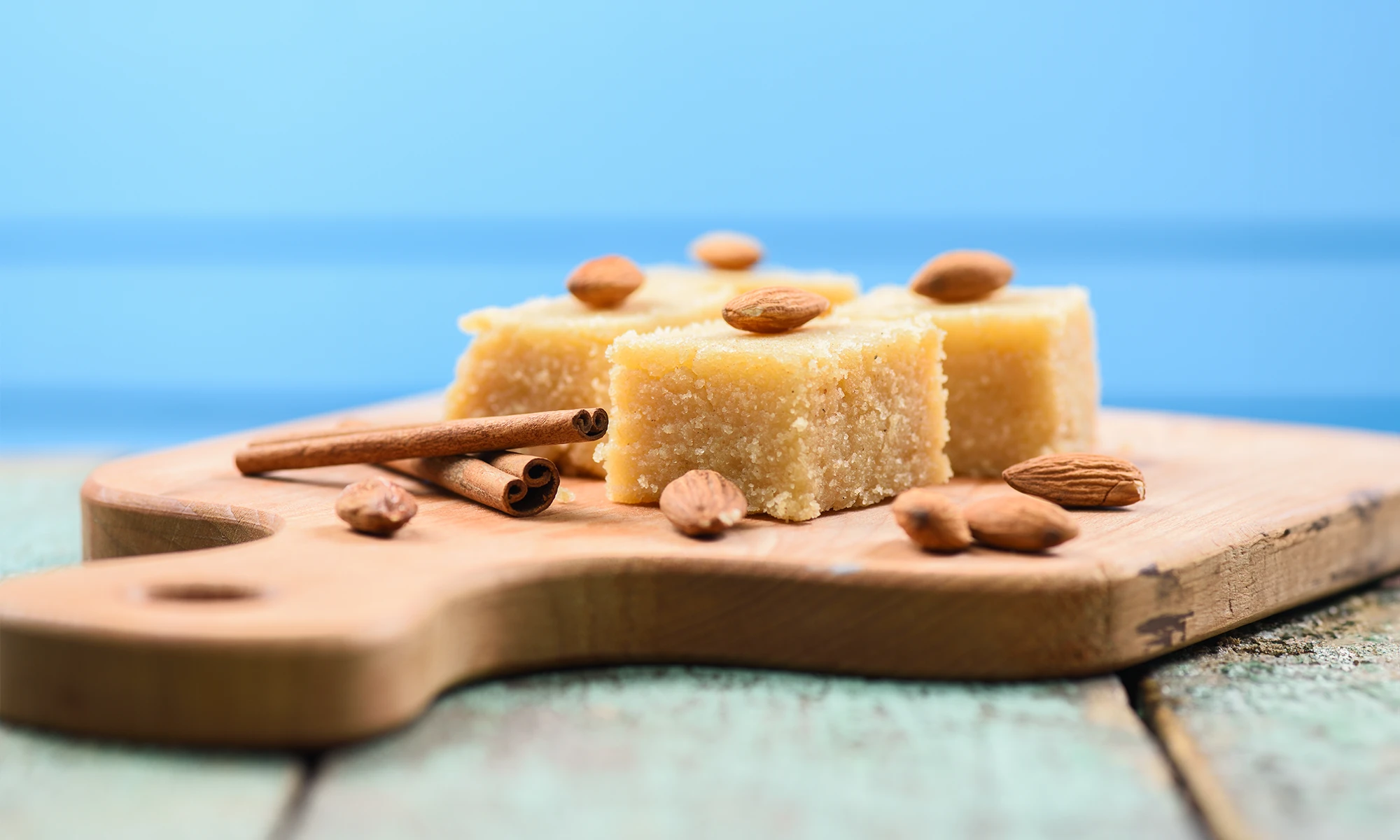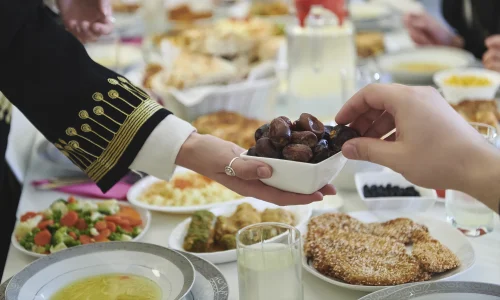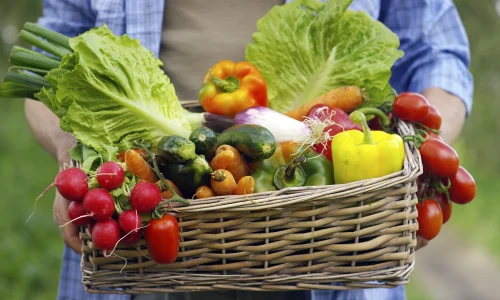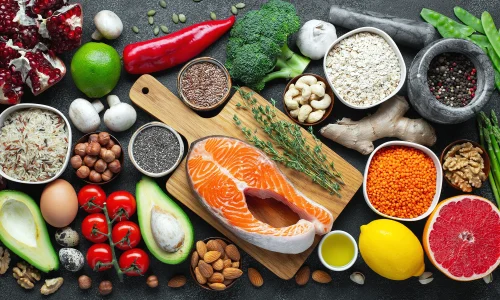Some foods become a significant part of our culture over time, transforming from mere dishes into symbols, memories, or even a form of comfort. One such food is halva.
The history of halva is both older and more diverse than many might realize. Halva dates back to the 12th century and is thought to have origins even in Byzantine times. The first recorded recipe for halva appeared in the early 13th century in a book called Kitab al-Tabikh (The Book of Dishes), which described many varieties, the most popular being pistachio halva.
The word “halva” originates from the Arabic word hulviyyat, meaning “sweet,” which has retained its meaning in our language. For many years, “halva” was used as a synonym for “sweet.” Even today, we use expressions like “as sweet as halva.” Beyond its association with sweetness, halva also became a tradition at times of loss, such as funerals, where it serves as a comforting presence—a custom that led to expressions like “cooking one’s halva.”
Halva is not limited to funerals; it’s also part of celebratory events like baby blessings and religious nights. While the most popular types are flour and semolina halva, there are estimated to be nearly 400 varieties worldwide.
Orange Halva Recipe by APlus Bakery Chef Cengiz Canpolat
Ingredients:
- 1 kg semolina
- 500 g butter
- 80 g raw white almonds
- 2 kg milk
- 700 g sugar
- Grated zest and juice of 3 fresh oranges
- 150 g dried cranberries
Instructions:
-
In a large pot, melt the butter over low heat. Add the semolina and roast it over low heat until golden. Add the almonds and continue roasting.
-
In a separate pot, heat the milk until it boils. Grate the oranges and squeeze the juice. Pour the boiling milk over the roasted semolina, then add the sugar, stirring well.
-
Add the grated orange zest and juice, then stir and allow the mixture to simmer on low heat.
-
Once the semolina halva is ready, mix in the dried cranberries. Let it cool before serving.





